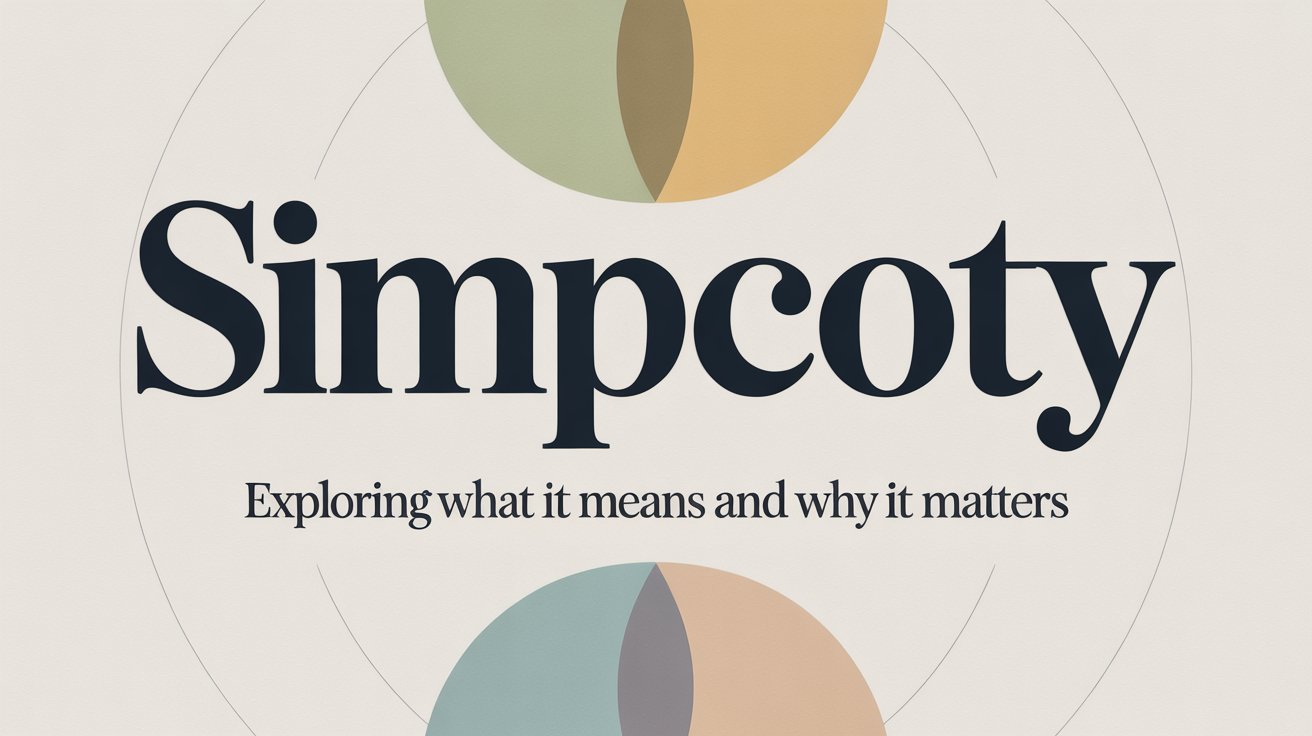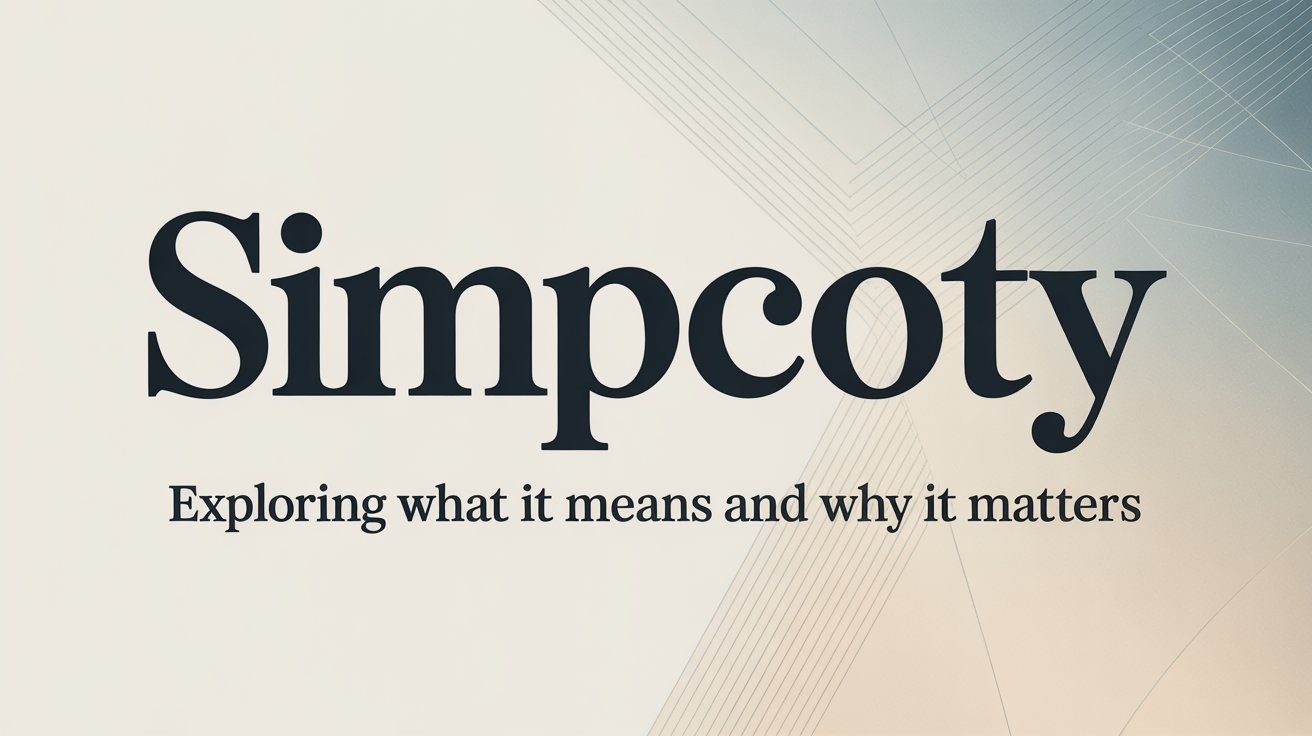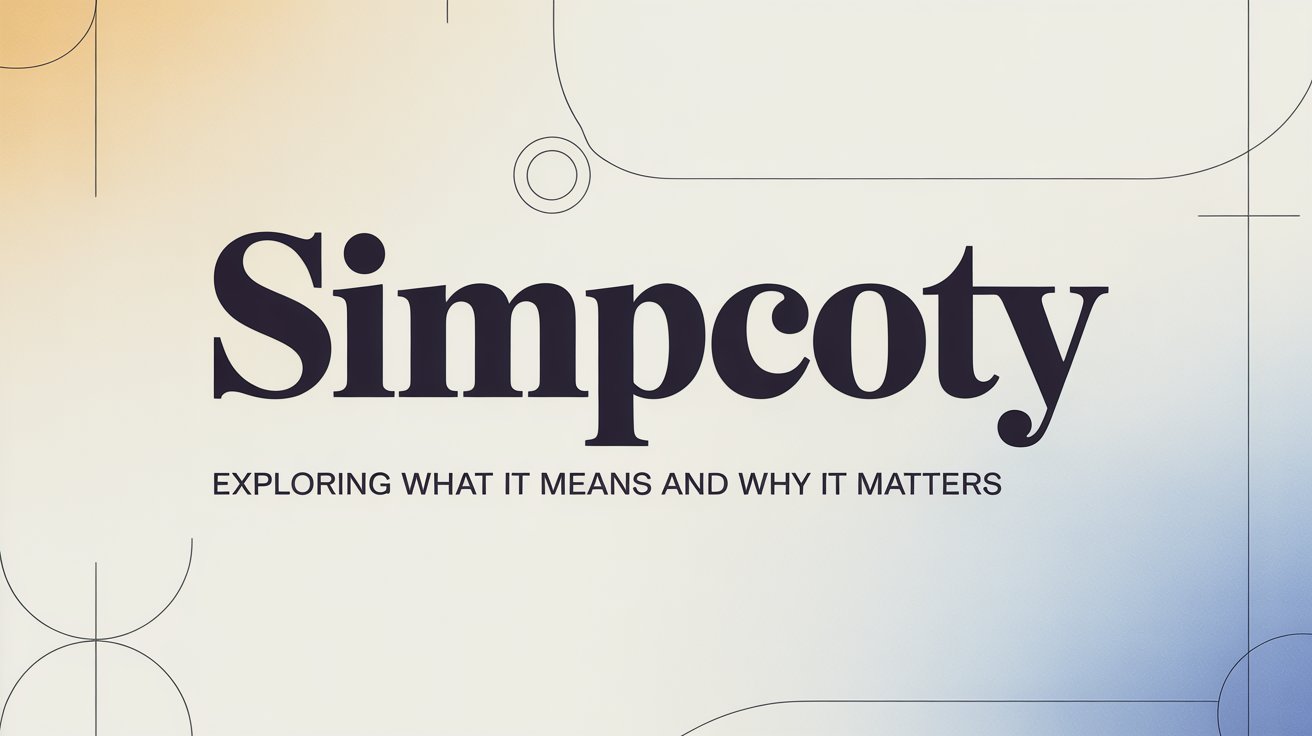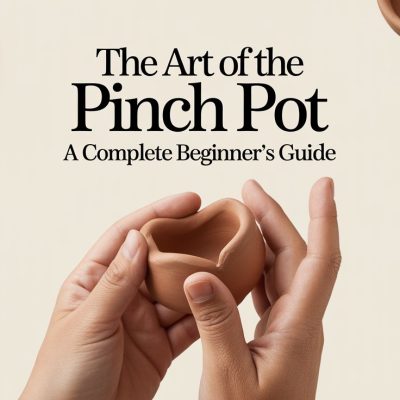Introduction
Have you ever come across the term simpcoty and wondered what it means? Maybe you encountered it in a conversation, social post, or just sketched an idea around it in your mind. While the word itself might feel unfamiliar, the idea behind it touches something deeply human: the yearning for clarity, ease, and meaningful living in a world full of noise. Think of simpcoty as a gentle breeze on a hot day—quiet, refreshing, unexpected. In this article, we’ll explore simpcoty from every angle: what it is, why it matters, how to embrace it, obstacles, benefits, and more. By the end, you’ll have a solid grasp on simpcoty and how it might weave into your daily life.
What is Simpcoty?
Subheading: Defining the Term
Since simpcoty isn’t (yet) a widely-recognized dictionary word, let’s break it down by analogy. Imagine “simplicity” and “clarity” had a child—and that child is simpcoty. It suggests the act or art of living with less fuss, but with more intentionality and focus. Something like: doing fewer things, but doing them better; choosing clarity over clutter; selecting what matters and letting go of the rest.
Subheading: Why the Word Matters
Having a word like simpcoty gives us a shorthand to talk about a mindset. It’s not just about minimalism (losing stuff) or austerity—it’s about a richer sense of ease and clarity. Think of it as light filtering through a forest canopy: the forest is dense, there’s a lot going on, but the light finds its path nonetheless. Simpcoty is that light.
The Origins and Context of Simpcoty
Subheading: Modern Origins
While the exact origin of the term simpcoty is unclear (it may be a coined or emerging term), it clearly echoes historic ideas of simplicity and mindful living. For example, dictionaries define simplicity as “the quality of being easy to understand or use”. In philosophy and lifestyle, simplicity has long been valued.
Subheading: Cultural Relevance
In an age of constant connectedness, information overload, and relentless speed, simpcoty becomes relevant. We crave something stable, clear, and meaningful. The term is our way of naming the yearning for less noise and more substance.
Why Simpcoty Matters in Modern Life

Subheading: Reduces Overwhelm
When everything around us is shouting for attention—notifications, emails, tasks—simpcoty offers a pause. A kind of filter that says: “Let’s focus on what’s essential.” It’s like cleaning a foggy window so you can see outside clearly again.
Subheading: Promotes Focus and Quality
By embracing simpcoty, you shift from doing many things to doing few things well. You move from “busy-busyness” to meaningful engagement. It’s the difference between being scattered like confetti and being laser-focused like a beam of light.
Subheading: Supports Well-Being
Less clutter, less constant switching, fewer internal distractions: these lead to less stress, better rest, clearer thinking. Simpcoty supports emotional and mental space.
Key Principles of Simpcoty
Subheading: Clarity Before Action
Start by asking: What truly matters? What’s the most meaningful next step? Clarity is the foundation—without it, actions are cluttered.
Subheading: Less but Better
Quantity does not equal quality. Better to have a few meaningful commitments than many shallow ones.
Subheading: Intentional Design
Simpcoty is about designing your environment, habits, choices with intention. Like an architect designing a home to let in light and airflow, you design your life to let in focus and ease.
Subheading: Say No with Grace
One of the hardest parts is rejecting things that don’t matter. But this is essential: each “no” frees up space for a meaningful “yes”.
Subheading: Embrace Natural Flow
Rather than forcing constant hustle, simpcoty invites you to ride the current of your life with ease. Like water flowing around rocks rather than crashing relentlessly against them.
How to Cultivate Simpcoty in Your Life
Subheading: Audit Your Commitments
Take an honest look at your tasks, relationships, obligations. Which ones align with your core values? Which ones feel like noise? This step is like clearing undergrowth before planting a garden.
Subheading: Declutter Your Environment
Simplify your physical and digital spaces. Clean up your email, your workspace, your home. The easier it is to find and act, the more effortless your day becomes.
Subheading: Create Clear Routines
Routine is like a riverbed—it guides the flow of your day. With simple routines, you minimize friction and decision fatigue.
Subheading: Use Focus Blocks
Schedule time for deep work or meaningful tasks; guard those blocks like precious gems. When you treat time with respect, focus thrives.
Subheading: Review and Reflect
Periodically check in: is your life still aligned with simpcoty? Are you drifting into complexity again? Reflection keeps you true.
Simpcoty at Work: Productivity, Focus & Flow

Subheading: Prioritizing Meaningful Work
Instead of chasing every task, identify the 20% that creates 80% of the value. That’s simpcoty in productivity—focus on impactful work.
Subheading: Clear Communication
At work, simpcoty means being clear, direct, avoiding unnecessary jargon or complexity. Teams perform better when messages are plain and purpose-driven.
Subheading: Streamlined Systems
Reduce layers, remove redundant steps, automate where possible. A simple process beats a fancy one with many moving parts. It’s like having a well-oiled machine instead of a tangled gearset.
Subheading: Maintain Boundaries
Work-life blends easily today. Simpcoty means setting boundaries so work doesn’t overflow into every moment. A clear lid keeps the content inside.
Simpcoty in Relationships and Communication
Subheading: Speak from the Heart
Rather than over-explaining or projecting what others should feel, simpcoty invites honest, open, simple communication. You say what matters—no extra fluff.
Subheading: Quality Connections Over Quantity
Having many acquaintances isn’t the same as having deep relationships. Simpcoty values meaningful bonds, real conversations, presence.
Subheading: Vulnerability and Authenticity
When you strip away the performance, you get real presence. That’s simpcoty in connection—being yourself, simply.
Subheading: Listening with Clear Attention
In relationships, focus and clarity matter. Listening deeply rather than multitasking shows you value the person, the moment.
Overcoming Challenges to Simpcoty
Subheading: Resistance to Change
We often cling to familiar complexity because it feels safe. Moving toward simplicity can feel scary—but remember, clarity doesn’t mean emptiness: it means freedom.
Subheading: Social Expectations and Noise
In a world that rewards busyness, simplicity can feel like under-achieving—but it’s not. It’s about being effective, not busy.
Subheading: Internal Clutter: Mind & Emotion
Even when your surroundings are simple, your mind may still be noisy. Practices like mindfulness, journaling, or quiet time can help clear internal clutter.
Subheading: Avoiding Oversimplification
Important caveat: Simpcoty isn’t about ignoring complexity when it matters. It’s about managing complexity wisely. Avoid the trap of oversimplifying serious matters. Wise simplicity means acknowledging what is complex and then clarifying what we can.
The Benefits of Living with Simpcoty

Subheading: Increased Focus
With fewer distractions, you can focus on what truly matters—ideas, people, tasks. Your energies go where they’re most effective.
Subheading: Greater Peace & Less Stress
Simplicity helps calm the mind. Fewer commitments, fewer distractions, fewer mental loops: that’s easier living.
Subheading: Enhanced Creativity & Innovation
Paradoxically, constraints often spark creativity. With fewer options and less clutter, your mind can wander with purpose, like a writer in a blank page. Simpcoty opens space for new ideas.
Subheading: Better Decision-Making
When you’re clear about what matters, decisions become simpler. No more “should I say yes or no?” confusion. You have a guiding principle.
Long-Term Impact: Simpcoty as a Life Approach
Subheading: Building a Legacy of Clarity
If you live with simpcoty year after year, you build a reputation of being reliable, clear, steady. People know what you stand for.
Subheading: Transforming Habits, Not Just Moments
It’s not a one-time thing—it becomes a rhythm. You gradually rewire how you approach life: less reaction, more intention.
Subheading: Creating Ripple Effects
Your simple choices often influence others. When you model clarity and ease, you invite others to do the same.
Subheading: Sustainability and Long-Term Fulfilment
Busy-hustle often burns you out. Simpcoty supports sustainable pace. It’s like choosing a long, steady path rather than sprinting and collapsing at the end.
FAQs
Q1: What exactly differentiates simpcoty from simplicity?
A1: While simplicity means being easy to understand or use and free from complexity, simpcoty adds the nuance of intentional focus, meaning and design—it’s not only about being simple but about living clearly and purposefully.
Q2: Can anyone practice simpcoty, or is it only for minimalist lifestyles?
A2: Absolutely anyone can practice it. It’s not about owning less or living in a sparse house—it’s about choosing clarity, alignment with values, and removing unnecessary noise. It’s more mindset than lifestyle.
Q3: How do I start bringing simpcoty into my daily routine?
A3: Start small: pick one area (your workspace, your calendar, your digital inbox). Ask: “What can I remove or simplify?” Then design one clear routine, one focus block, one “no” you’ll practice. Gradual steps work best.
Q4: Will simpcoty slow me down or make me less productive?
A4: Actually the opposite. By focusing on fewer, more meaningful tasks and reducing distractions, your productivity becomes deeper and more effective. The key is prioritizing impact over sheer volume.
Q5: Can simpcoty be applied to groups, teams or organizations?
A5: Yes. Teams and organizations that adopt simpcoty embrace clear goals, streamlined processes, fewer unnecessary meetings, and open communication. It helps reduce complexity and increase trust and flow.
Conclusion
Embracing simpcoty is like clearing a room of clutter so the light can come in. It’s not about doing nothing—it’s about doing what matters. It might mean fewer tasks, fewer distractions, fewer “shoulds” and more presence, clarity, intention. Ask yourself: what is one place in your life where you can choose less, but choose it better? Start there. Over time, the ripple of simpcoty can touch many corners of your life with unexpected depth and ease.








